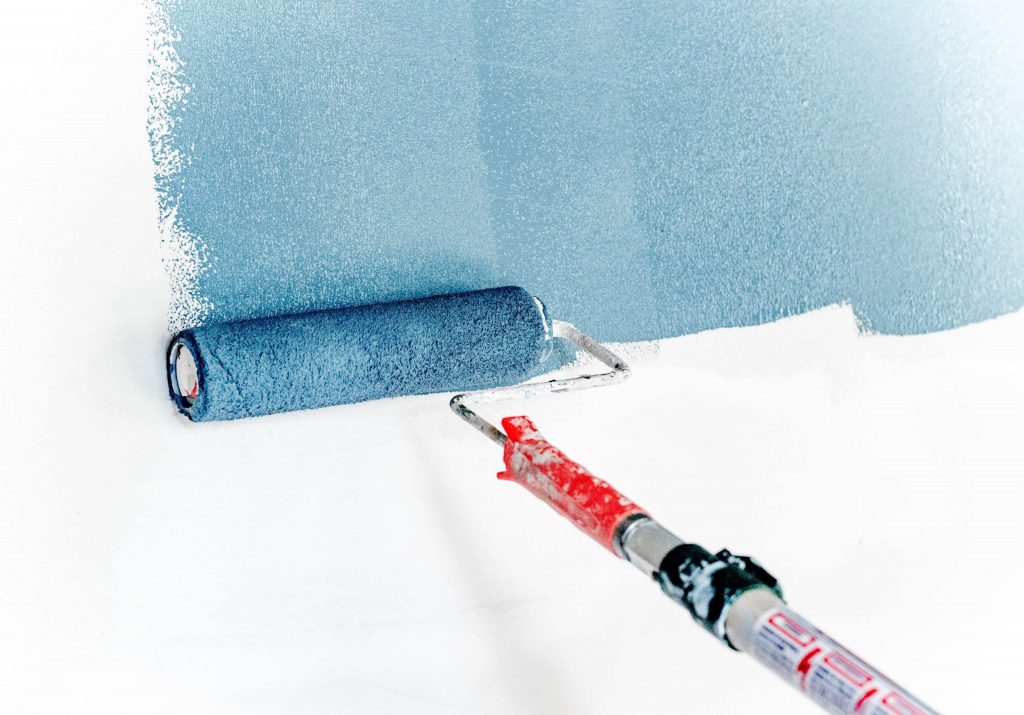Working out the cost of painting a house in Perth can be a complex task. In this article, we break down some frequently asked questions.

How much does it cost to paint a house in Perth?
The cost of painting a house in Perth is specific to each job. However, ballpark figures indicate painting the interior of a house in Perth can cost anywhere between around $900 to $20,000. When quoting on a specific house, professional painters need to consider the following points:
- The size of your house, and the size of each individual room (including living room, kitchen hallway, ceilings, bedrooms and the labour associated with each room)
- Interior vs exterior – painting both interior and exterior, and what’s required for each
- Preparation – cleaning and taping up walls, moving/covering furniture
How much does it cost to paint a three-bedroom house in Perth?
Again, the cost to paint a three-bedroom house is specific to each house, based on the amount of labour required, paint quality, rooms involved, feature walls/textured walls, access, ceiling height etc. This is something all professional painters consider when developing their quotes for clients.
How much paint do I need to paint a three bedroom house in Perth?
The size of the bedrooms, number of coats required, type of paint and quality of paint will all affect the amount of paint you need. As a rule of thumb, 1L of paint will provide cover between 12m2 and 16m2, so a 4L tin of Dulux paint will usually put 2 coats on previously painted small bedroom.
The Dulux Paint Calculator will help you estimate how much paint you will need!
How much do painters cost?
A professional painter’s average rate is approximately $35/hr, but remember to factor in the labour and material costs. Most will factor in the cost of labour, paint and materials in their quote, but some do not.
If you’re considering painting your house yourself, you will need to factor in the cost of the paint you need, and all the materials like paint scrapers, tape, drop sheets, sugar soap etc. When you add it all up, you’re looking at approximately $500 of materials (including paint) that you’ll only use once.
And then there’s factoring in how much time it’ll take to DIY. Painting your house yourself can take weeks or months. Is that really time you want to waste when you could just hire a professional painter and be done in a few days?
Remember, cheaper isn’t always better. Hire a cheap professional painter, and you’re likely to end up with a cheap paint job.

